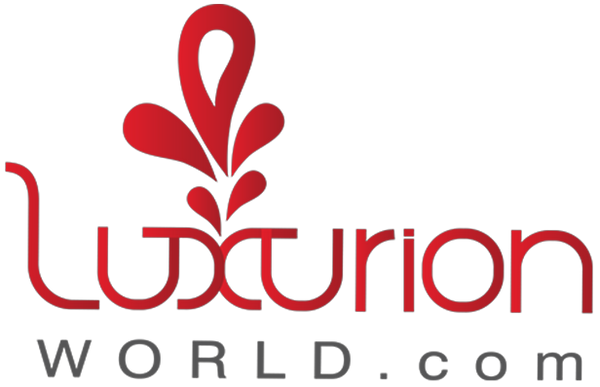When the world is buzzing with “sustainability” and “environment-friendly” as the newest big trends of the future, for many centuries, innumerable crafts have existed in harmony with nature. Some things are so subtle that they do not glare out, yet so vivid that one cannot help but appreciate the aesthetics in their creation. One such craft is the Ajrakh.

Traditionally, Ajrakh is the name of a block printed cloth with deep crimson red and indigo blue background, bearing symmetrical patterns with interspersed unprinted sparkling white motifs. An ancient craft, the history of the Ajrakh can be traced back to the civilizations of the Indus Valley that existed around 2500 BC-1500 BC.
The term “Ajrak”, may be derived from “Azrak”, meaning blue in Arabic, as blue happens to be the one of the principal colours in Ajrak printing. Ajrak craft products are made with natural dyes. The entire production of the products include both vegetable dyes and mineral dyes. Indigo is key dye.
Ajrakh cloth carries many meanings. The popular story amongst local printers is that Ajrakh means “keep it today.” It is also linked to azrakh, the Arabic word for indigo, a blue plant which thrived in the arid ecology of Kachchh until the 1956 earthquake.
The cloth is made in a sixteen step process of washing, dyeing, printing, and drying, which requires a high level of skill and concentration in order to keep colors fast and even.

The authentic Ajrakh is printed on both sides by a method called resist printing. The printing is done by hand with hand carved wooden blocks. Several different blocks are used to give the characteristic repeated patterning. Making the blocks is a considerable challenge since the pattern has to synchronize perfectly with the whole of the Ajrakh as well as to cover various areas against dye.
Ajarak printing is a long process involving many stages of printing and washing the fabric over and over again with various natural dyes and mordants such as harda, lime, alizarin, indigo and even camel dung. The technique of resist printing allows exclusive absorption of a dye in the desired areas only and prevents absorption on the areas intended to be left uncolored.

The raw fabric in full length is pulled exhaustively through the river many times, scoured, beaten, steamed, mordanted, printed with resist mud pastes from the banks of the river, covered with powdered camel dung and ground rice husks; dyed in deep madder and indigo.
Unlike other processes of printing on cloth, where the colour is applied directly to the cloth, in Ajrakh block printing, the fabric is first printed with a resist paste and then dyed. The process is repeated again and again with different kinds of dyes, to eventually achieve the final pattern in the deep red and blue hues. This gradual process is also very time consuming, as the longer an artisan waits before beginning the next step, the more vivid the final print becomes. Thus, the entire process can take upto two weeks resulting in the creation of the beautiful eye-catching patterns of the Ajrakh.
This craft has been on a decline because modern, quicker methods of printing and bright chemical dyes are replacing the natural, muted colours and this slow and careful process of printing this traditional textile. But with efforts of the master craftsmen and increasing awareness among the urban people, this crafts is slowly gaining momentum. Because of being an environment friendly ancient craft, Ajrakh, is slowly gaining visibility among the cosmopolitan.

Luxurionworld offers you wide variety of Sarees, Dupattas, & stoles with Ajrakh Block Printing. All pieces are exclusive and comply with the highest standard of dyeing.

